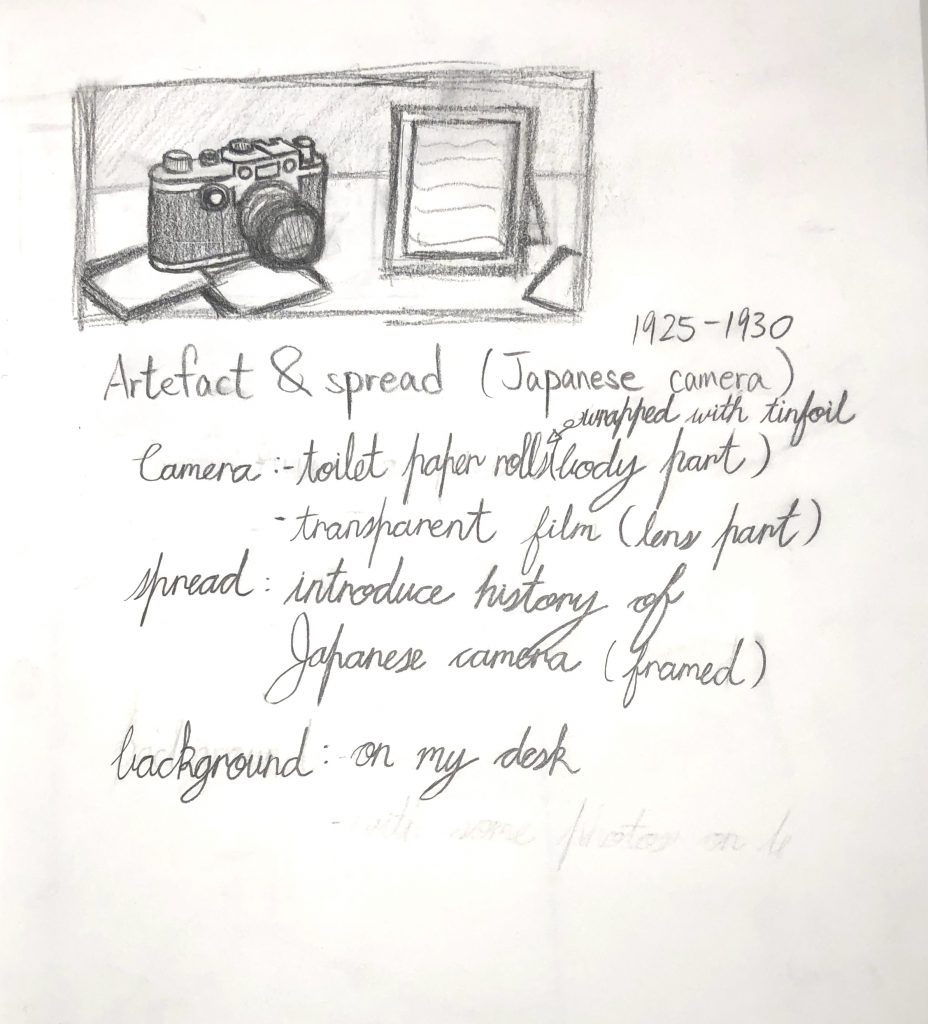Sisy Wong

For survey 10, I’m doing a free-wheeling spread. I am doing research on comparing Traditional Chinese characters and Simplified Chinese characters. They are both Chinese characters that people are using right now but used in different provinces. Traditional Chinese characters are used in Hong Kong, Macau, and Taiwan. Besides, they appear in most of the Chinatown. Simplified Chinese characters are used in mainland China. For what I’m doing is Fai Chun. It’s a traditional decoration that is frequently used during Chinese New Year. People put Fai Chun in the doorways to create a jubilant festive atmosphere since the phrases are written on it mean good luck and prosperity. I used acrylic paints to paint it all red and used a black marker to draw to characters on the paper. Then I put the introduction in the separate picture as if I put it with the Fai Chun, the words will be unclear. I would give myself a Grade B as I think most of it is working except the left Fai Chun can be bolder more.












